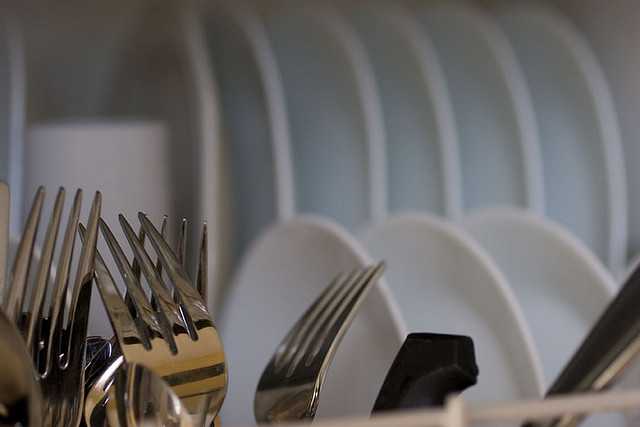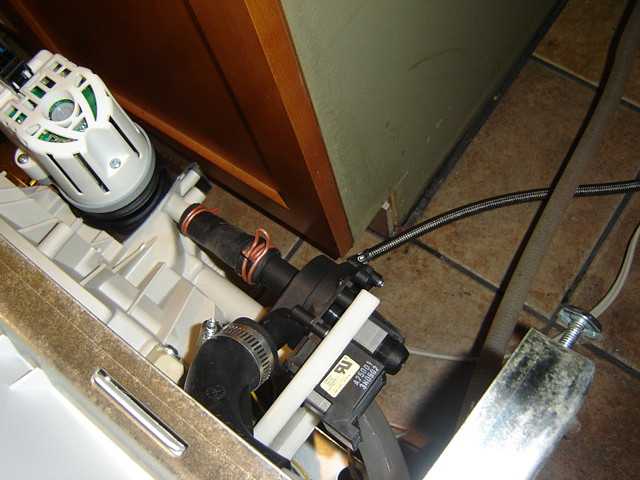
After you wash your dishes in the dishwasher, the plates remain full of food residue, and stains are on the glasses and at the end you need to wash the dishes with your hands? Here are the possible solutions to your problem.
Check The Spray Arm
If the dishes are placed too high and block the rotating spray arm, dishes will not be washed well! Check holes in the spray arm and make sure they are not clogged. If necessary, clean it with a toothpick.
Check The Drain
Clean the food that was left on the bottom of the machine, as well as the dishwasher filter.
Do Not Use Too Much Detergent
It is wrong to think that the dish detergent should always be filled to the brim. Too much detergent can leave stains and marks on the glasses.
Check The Water Temperature
If the hot water takes a little longer to get to the sink, it means that dishwasher will neither get enough hot water at the beginning which makes it difficult to wash. If necessary, turn on the machine after you have used hot water in the sink.
Clean The Inside Of Dishwasher
Grease, detergent residues and lime scale are retained in the interior of dishwashers. Wash them with vinegar. Every few months, turn on the machine when it is empty. Do not use detergent. When the water starts to charge the bottom of the machine, open it and add a cup or two of vinegar to the water and let it push through.
Saving energy
To reduce energy consumption, and hence the electric bill, you can turn off dishwasher immediately after the rinse program and allow dishes to air dry. This way you will avoid the application of hot drying, and thus reduce the power consumption.
Sometimes you need to experiment to find the right combination of hard or soft water, detergent and rinse aid – so do not give up!



